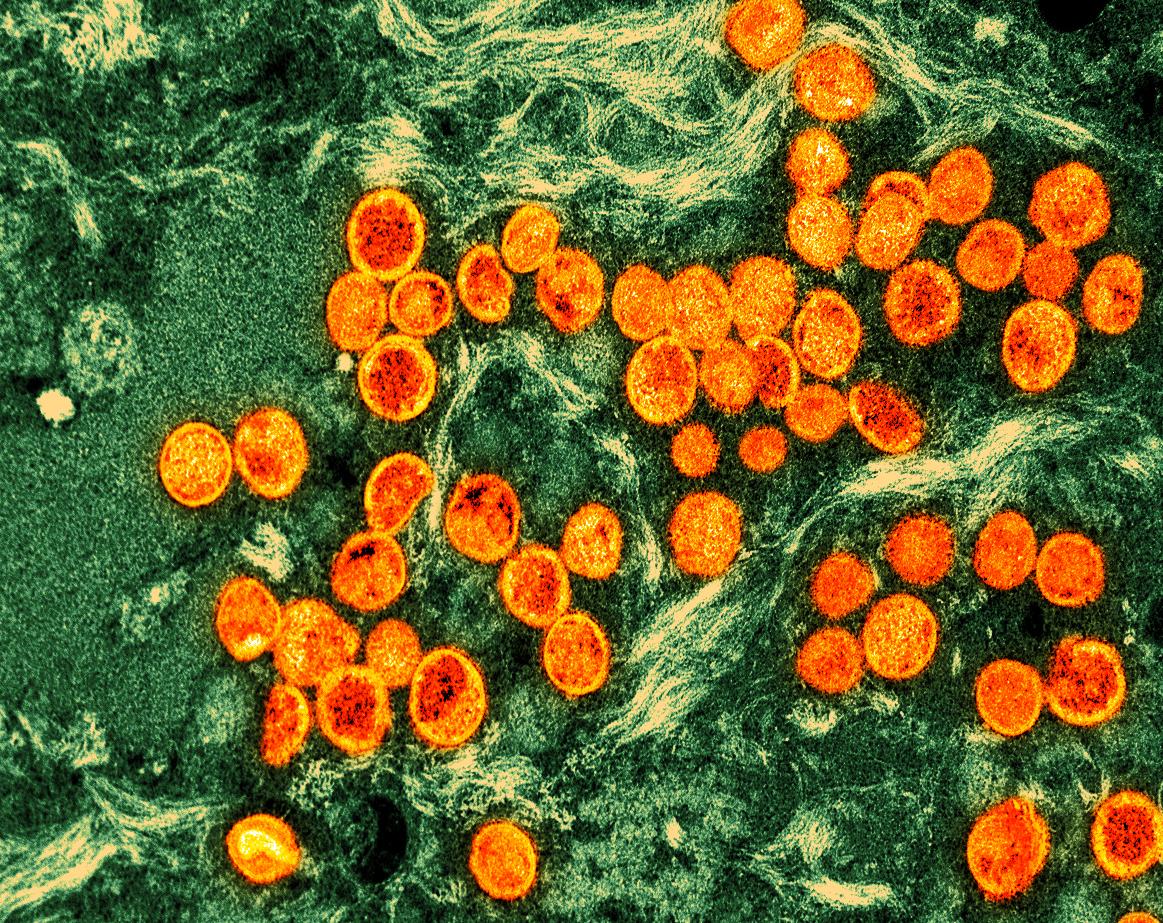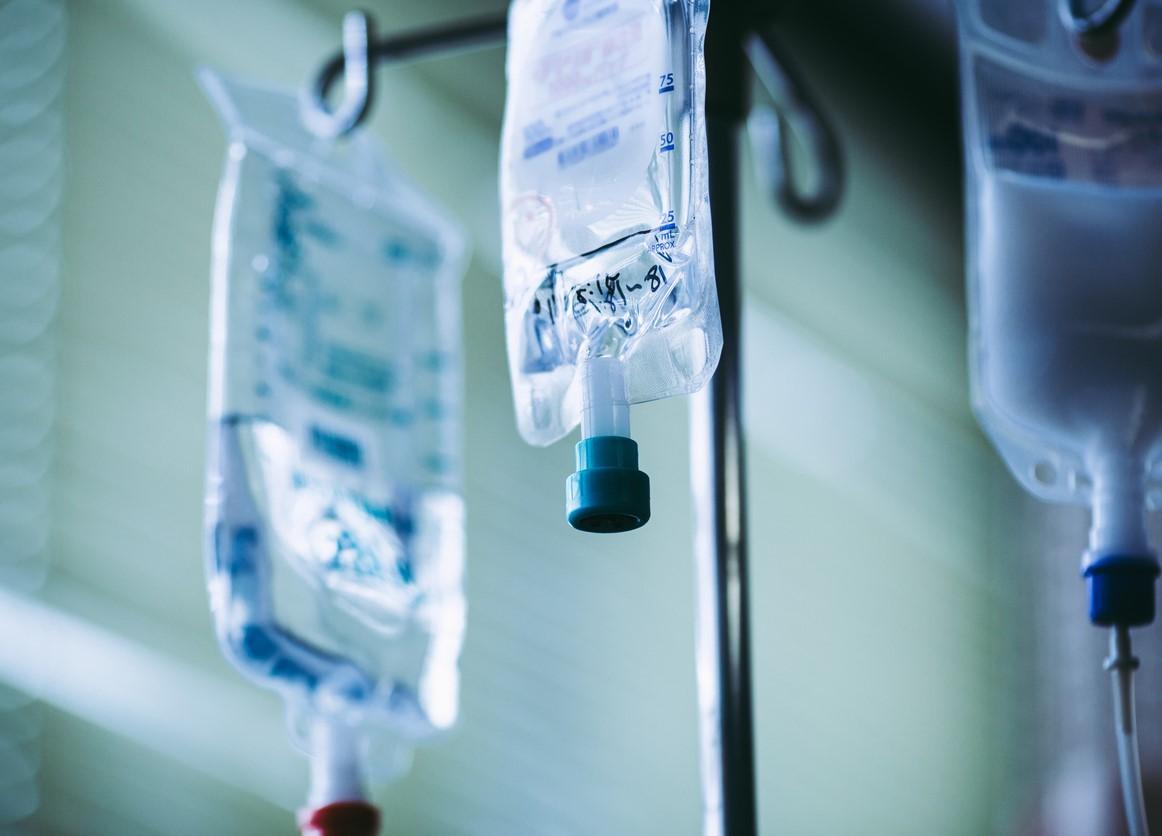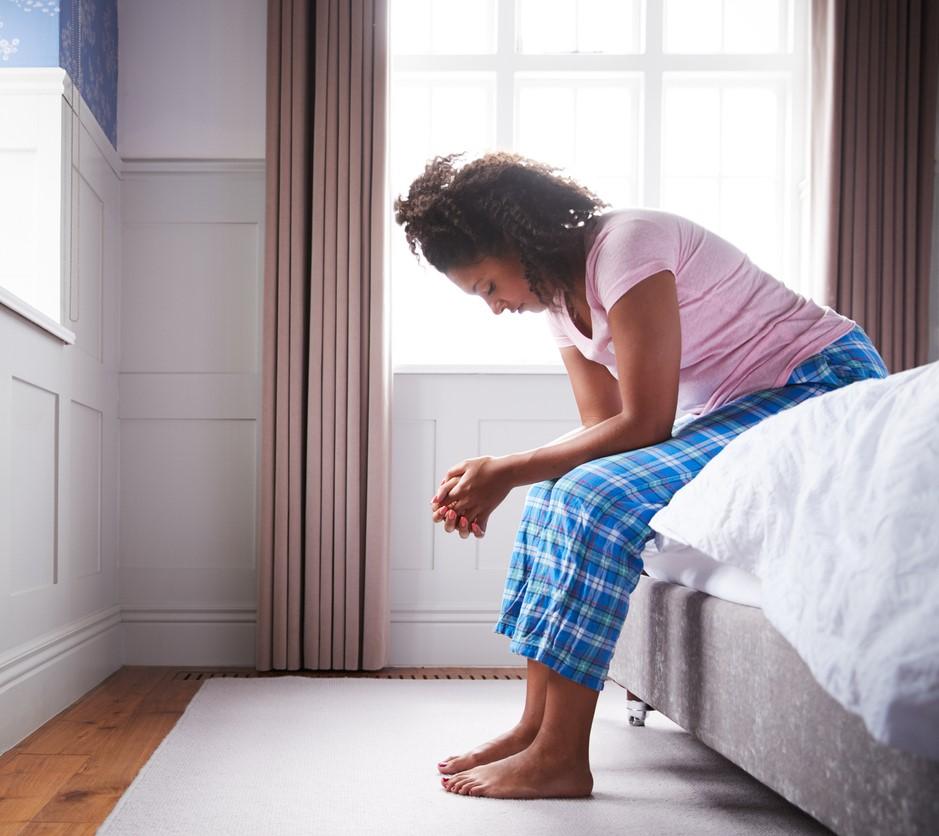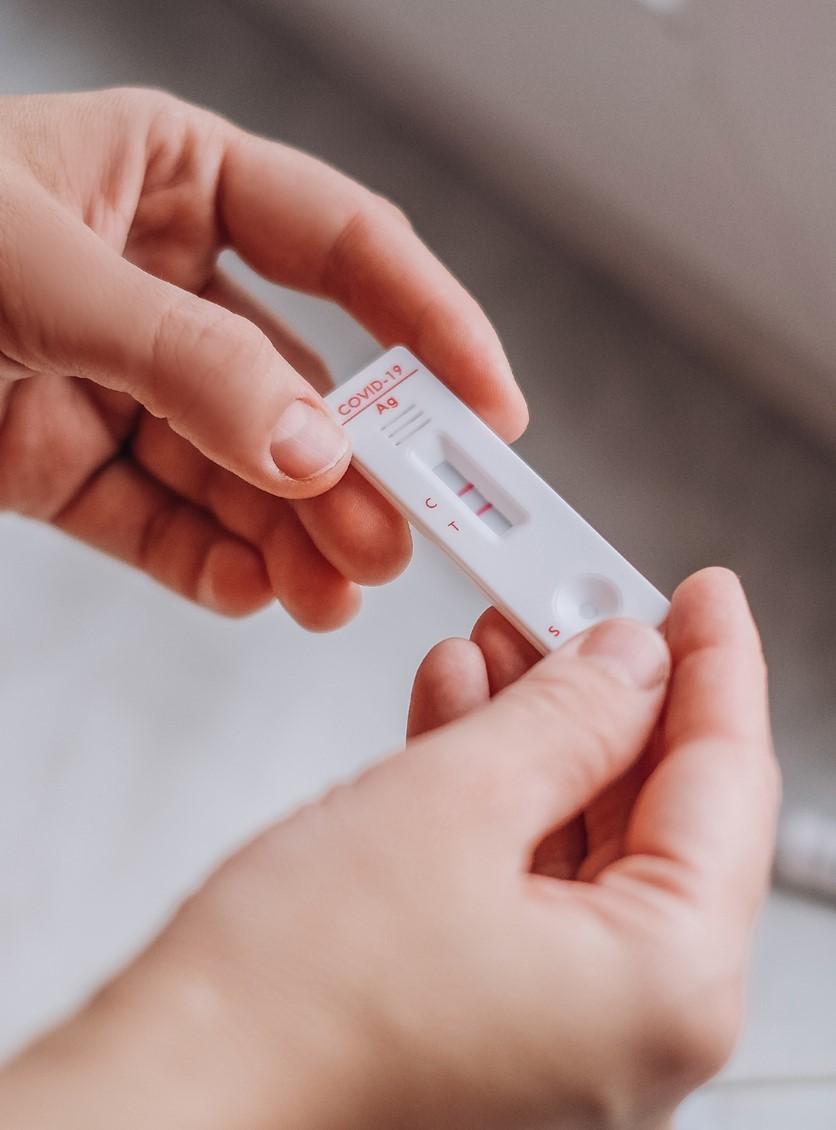
In a research letter today in the New England Journal of Medicine, researchers estimate that a smallpox vaccine dose given a median of 13 years earlier is 72% to 75% effective against mpox among US veterans.
Researchers from Emory University and the Veterans Affairs (VA) Healthcare System conducted a retrospective, test-negative study involving 1,014 current and former military personnel with mpox symptoms tested for orthopoxvirus (eg, smallpox, cowpox, mpox) from July 1 to October 31, 2022.
The researchers identified participants using Department of Defense electronic lab data and the VA Corporate Data Warehouse. From 2002 through 2017, more than 2.6 million military personnel received smallpox vaccinations (Dryvax, ACAM2000, or Jynneos, which is also approved for mpox) as part of their military deployment or occupational requirements.
"During the ongoing global outbreak of mpox (formerly called monkeypox), smallpox vaccines have been used to prevent infection and reduce the severity of disease in those at increased risk for infection," the study authors wrote. "However, the effectiveness of smallpox vaccines against mpox is unknown."
ACAM2000 may have slight edge over Dryvax
A total of 184 participants (18%) had received a smallpox vaccine a median of 13 years before. Of the 293 veterans (29%) who tested positive for orthopoxvirus, 3% had been vaccinated with Dryvax (first-generation smallpox vaccine), and 7% had received ACAM2000 (second-generation).
Veterans vaccinated against smallpox were less likely to test positive for mpox than those with no record of vaccination (odds ratio [OR], 0.28; 95% confidence interval [CI], 0.13 to 0.58 for Dryvax and 0.25 [95% CI, 0.15 to 0.42] with ACAM2000). Estimated vaccine effectiveness was 72% for Dryvax and 75% for ACAM2000.
Previous vaccination at a median of 13 years earlier with either a first- or second-generation smallpox vaccine reduced the likelihood of testing positive for orthopoxvirus among current or former military personnel.
Of 293 orthopoxvirus-positive veterans, 41% had HIV (OR, 2.34; 95% CI, 1.65 to 3.35). In the VA part of the study, 19 of 186 participants (10%) were hospitalized, but none died.
"Previous vaccination at a median of 13 years earlier with either a first- or second-generation smallpox vaccine reduced the likelihood of testing positive for orthopoxvirus among current or former military personnel," the authors concluded.
 Access to COVID-19 therapeutics, like almost every other facet of the pandemic, is defined by sociodemographic-based disparities, according to a new survey published in JAMA Network Open.
Access to COVID-19 therapeutics, like almost every other facet of the pandemic, is defined by sociodemographic-based disparities, according to a new survey published in JAMA Network Open. A
A 











